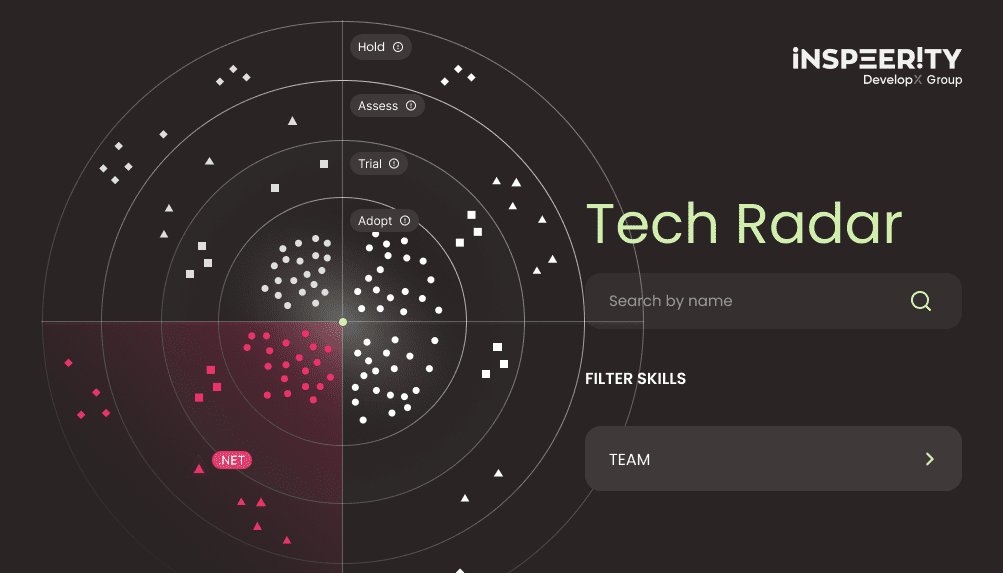Electric vehicles (EVs) are becoming more popular as people worldwide look for cleaner ways to travel. As more people choose EVs, there’s growing interest in making charging simpler and more efficient. This article looks into three major trends that are changing how we charge EVs: wireless EV charging, smart charging networks, and vehicle-to-grid (V2G) technology. These trends could make electric vehicles easier to use and help our planet too.
Wireless EV Charging: Making Charging Easier
Wireless EV charging is like the wireless charging you might use for your smartphone but on a larger scale. Instead of needing a cable to plug in your vehicle, you just park it over a special pad on the ground, and it starts charging. This method is still new, but it has the promise to make charging EVs a lot simpler.
Imagine driving into a parking spot at the supermarket, and your car starts charging while you shop – no plugs or cables needed. For people living in cities or without a private garage, wireless charging could make owning an EV much more appealing. Cities are considering putting these charging pads in public parking spots, roads, and even at traffic lights to help encourage more people to switch to EVs.
However, setting up wireless charging everywhere would take a lot of work and money. The technology needs to get better and cheaper before it can be widely used, but the potential is huge. If done right, wireless charging could make electric cars even more convenient than gasoline cars because you could charge a little bit here and there throughout the day without thinking about it.
Smart Charging Networks: Using Power Wisely
As more people charge their EVs, especially during peak times like early evening, there’s a chance it could overload the electrical grid. Smart charging networks help by managing when and how much EVs are charged. These systems use the internet to connect EVs to the grid, understanding when there’s extra power available and when to slow down charging to prevent overloading.
These smart networks can also help us use more renewable energy like wind and solar power. For example, if there’s a lot of sunshine or wind, the system can charge more EVs using this clean energy, reducing the need for fossil fuels. Some smart systems even learn your schedule, so they charge your car when energy is cheapest and most plentiful, saving you money and reducing environmental impact.
Cities and businesses are starting to install smart chargers for public use, and some are offering incentives for people to install them at home. As this trend grows, it could help balance energy demand, lower energy costs, and make charging more convenient, no matter where you’re parked.
Vehicle-to-Grid (V2G) Technology: EVs as Mobile Power Banks
V2G technology takes smart charging a step further by allowing EVs to give electricity back to the grid when it’s needed most. Your charged EV can act like a small power station, supplying energy during peak hours or when the grid needs extra power. Later, you can recharge your car when demand is low or when there’s more renewable energy available.
This technology is exciting because it could help solve one of the biggest challenges with renewable energy: its unpredictability. Solar and wind power depend on the weather, so sometimes they produce more energy than we need, and other times not enough. With V2G, EVs can store extra renewable energy and then supply it back to the grid when there’s a shortage, helping to balance supply and demand.
V2G could also be financially beneficial for EV owners. If you’re able to sell energy back to the grid at peak times, you might even make some money or at least reduce your energy costs. While V2G is still being tested and isn’t widely available yet, it shows a lot of promise for making renewable energy more reliable and making the most out of every charge your EV gets.
Bringing It All Together
These three trends – wireless charging, smart charging networks, and V2G technology – are all about making EVs more convenient, more affordable, and better for the planet. They also work well together. For example, wireless charging can be part of smart charging networks, ensuring EVs are charged at the best times with the least impact on the grid. And both wireless charging and smart networks can be integrated with V2G technology, turning parked cars into helpful energy resources for everyone.
Check our services: Custom Energy Management Software Development
Looking Ahead
The road to widespread adoption of these technologies isn’t without challenges. There are technical hurdles to overcome, like improving the efficiency of wireless charging and making sure smart charging and V2G technologies are secure from hacking. There’s also the big job of updating our electrical grids and installing all this new technology in cities around the world.
But the potential benefits are too big to ignore. If we can get these technologies right, they could make owning an EV easier and more attractive than ever before. They could help our electrical grids handle the switch to renewable energy and make our cities cleaner and quieter by reducing reliance on fossil fuels.
Conclusion
The future of eMobility looks bright, with wireless charging, smart charging networks, and V2G technology leading the way. These innovations promise to make electric vehicles not just an alternative to gasoline cars but a superior choice in many ways. They offer a glimpse into a future where driving is more convenient, our power grids are smarter and more resilient, and our planet is healthier. As these technologies continue to develop, they could play a big role in speeding up the shift to electric vehicles and renewable energy, helping us build a cleaner, more sustainable world for generations to come.




